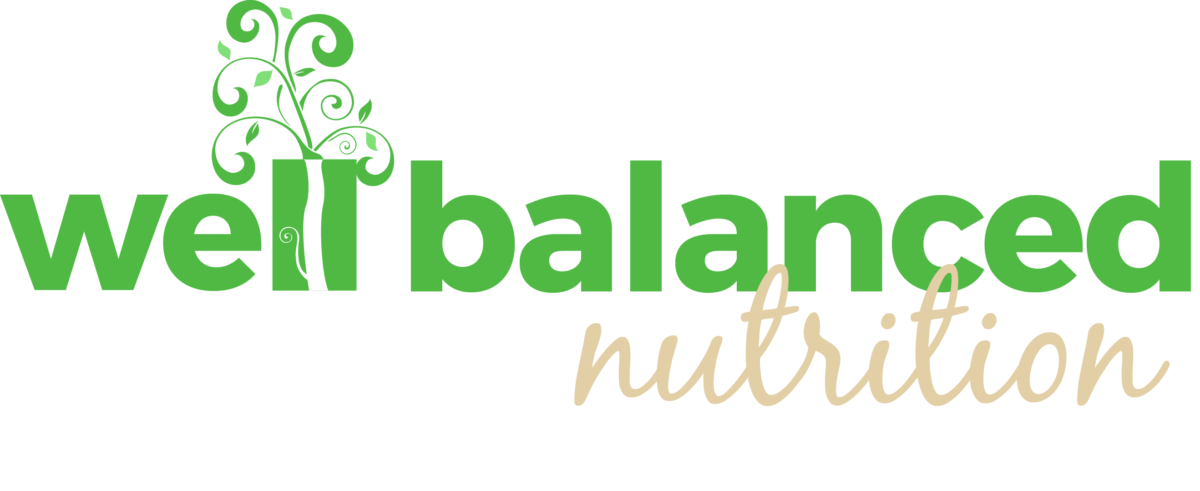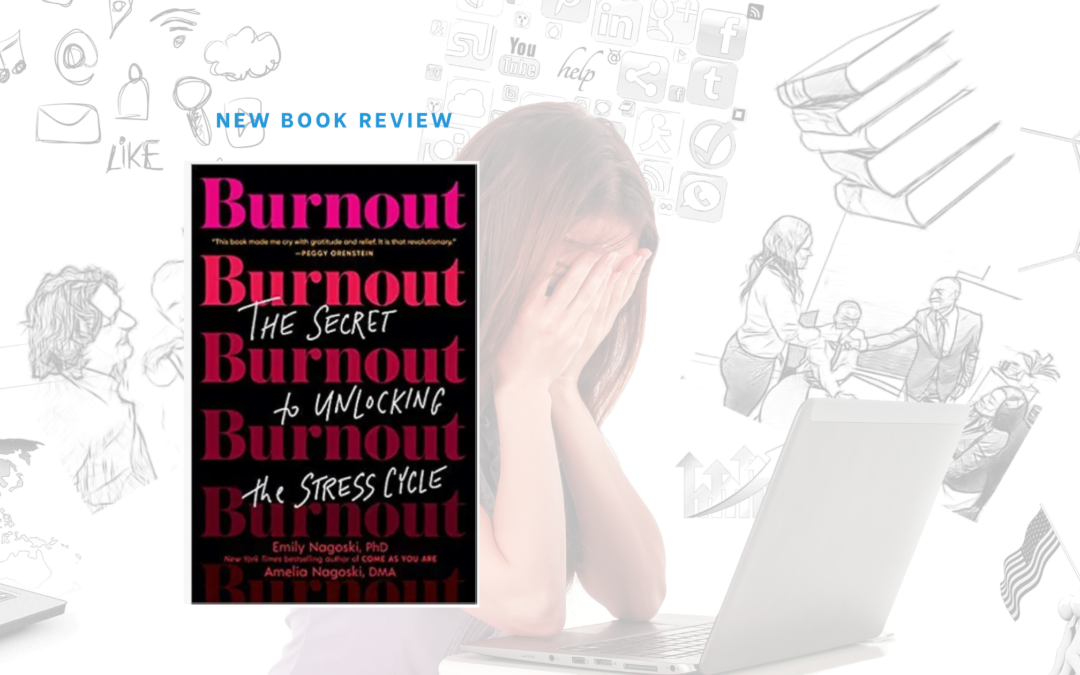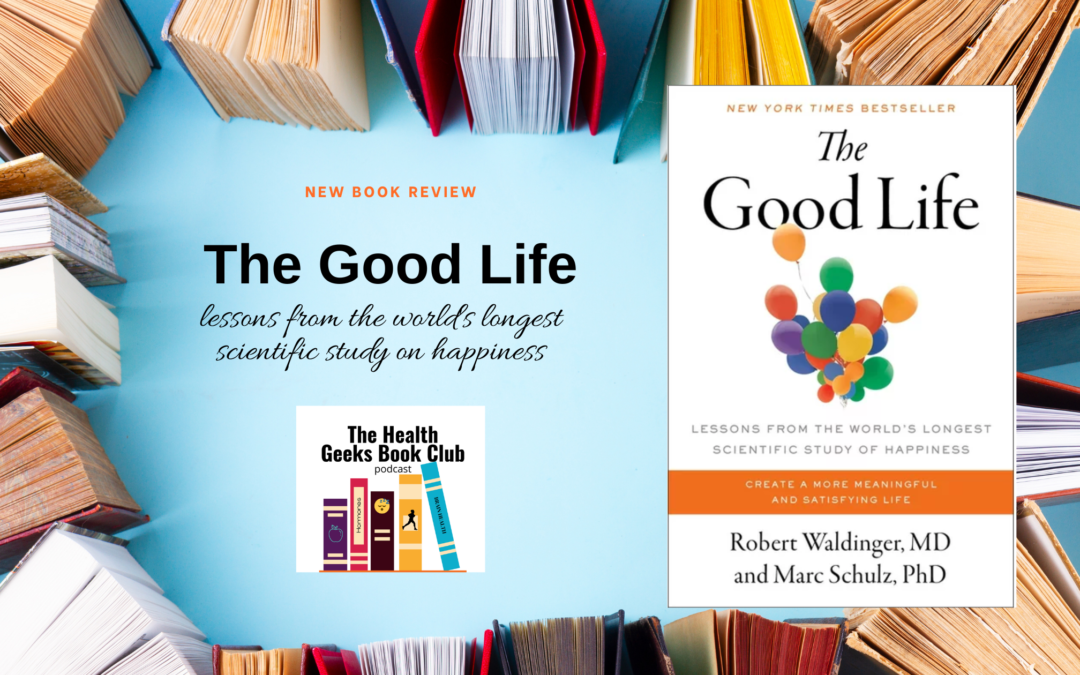Navigating the world of emotions can feel like trying to solve a puzzle without all the pieces. If you’ve ever wondered how emotions really work, Lisa Feldman Barrett’s book, “How Emotions are Made,” offers insights that will help you understand them in a whole new way. Let’s dive into what makes this book a must-read, its major takeaways, and how it relates to nutrition.
Who Should Read “How Emotions Are Made”?
Curious Minds
If you’re curious about how the mind works, this book is for you. Barrett challenges what we think we know about emotions, making it a fascinating read for anyone interested in psychology or neuroscience.
Health and Wellness Fans
Understanding the science of emotions is crucial if you’re into health and wellness. Barrett’s insights can help you develop a more balanced approach to emotional health, a major key to overall well-being.
Major Takeaways
1. Emotions are Made, Not Born
One of the biggest ideas in the book is that emotions are not pre-programmed responses. Instead, our brains create them using past experiences, culture, and context. This means we have more control over our emotions than we might think.
2. Emotional Granularity
Barrett talks about emotional granularity—the ability to identify and describe a wide range of emotions. People who can do this tend to handle their emotions better and have better mental health.
3. The Role of Bodily Sensations
Our brains monitor and interpret signals from our bodies to create emotions. We can understand and manage our emotions better by paying more attention to these bodily sensations.
4. The Power of Prediction
Our brains constantly predict what will happen next based on past experiences. These predictions shape our emotional responses. By becoming aware of this, we can change our predictions and, as a result, our emotional reactions.
Why Emotions Matter for Nutrition
Understanding emotions as something created by the mind and body highlights just how closely linked our physical and emotional well-being are.
Lisa introduces the intriguing concept of a ‘body budget,’ which is a way of summing up how our brains manage the resources needed to navigate the complexities of daily life. According to Barrett, our brains operate like financial managers, constantly making predictions and allocating ‘funds’ to various bodily functions based on incoming sensory information. Just as we budget our money to cover expenses, our brains budget energy to regulate emotions, maintain physical health, and respond to the demands of the environment.
Your food choices can affect your body budget and the other way around. For instance, if you are low on energy because you just spent the whole day learning a new computer program at work, your body budget will be depleted. This may make you feel a little grumpy, foggy, or overwhelmed at the end of the day which could influence what choices we make next. You’ll need to make some positive deposits like food, rest, and water to bring it back up to balance.
When we pay attention to our mood, emotions, and our body’s signals, we can make mindful decisions about our food. Noticing how different foods make us feel physically and emotionally can guide us to healthier eating habits. Recognizing our body’s signals after eating certain foods can help us make better dietary choices that support emotional health.
Stress and Emotional Eating
Barrett’s insights into how emotions are made can help us understand and deal with stress-related eating. Knowing that our cravings and eating habits are influenced by our brain’s predictions and past experiences, we can find ways to change these patterns. This might involve creating new associations with food or finding other ways to cope with stress.
Building a Positive Relationship with Food
Just as we aim to understand our emotions better, we can also strive to understand our relationship with food. This means acknowledging the emotional aspects of eating and working to create a positive, respectful relationship with what we consume.
Final Thoughts
I really enjoyed reading Lisa Feldman Barrett’s “How Emotions are Made.” It’s not just a book about emotions; it’s a guide to understanding the connection between our minds and bodies. By exploring this link, we can better manage our emotions and make choices that improve our overall well-being, including our eating habits and nutrition. Whether you’re a curious reader, a health enthusiast, or a professional in the mental health field, this book offers insights that can enrich your life and help you better understand yourself.
Hungry For More?
Listen to Kristen and Eleanor discuss this book on the Heatlh Geeks Book Club Podcast:



